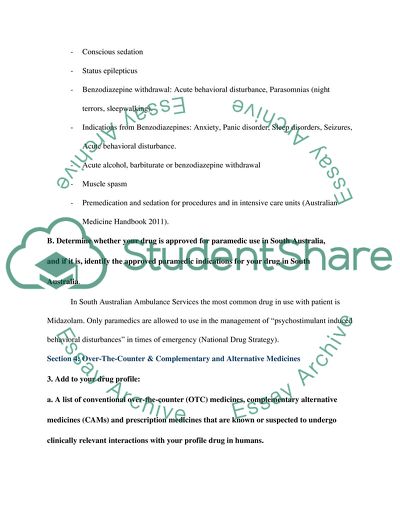Cite this document
(“The Drug Diazepam in Pharmacology Essay Example | Topics and Well Written Essays - 4250 words”, n.d.)
Retrieved from https://studentshare.org/chemistry/1586976-drug-profileb-diazepam-pharmacology
Retrieved from https://studentshare.org/chemistry/1586976-drug-profileb-diazepam-pharmacology
(The Drug Diazepam in Pharmacology Essay Example | Topics and Well Written Essays - 4250 Words)
https://studentshare.org/chemistry/1586976-drug-profileb-diazepam-pharmacology.
https://studentshare.org/chemistry/1586976-drug-profileb-diazepam-pharmacology.
“The Drug Diazepam in Pharmacology Essay Example | Topics and Well Written Essays - 4250 Words”, n.d. https://studentshare.org/chemistry/1586976-drug-profileb-diazepam-pharmacology.


